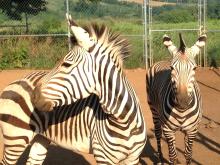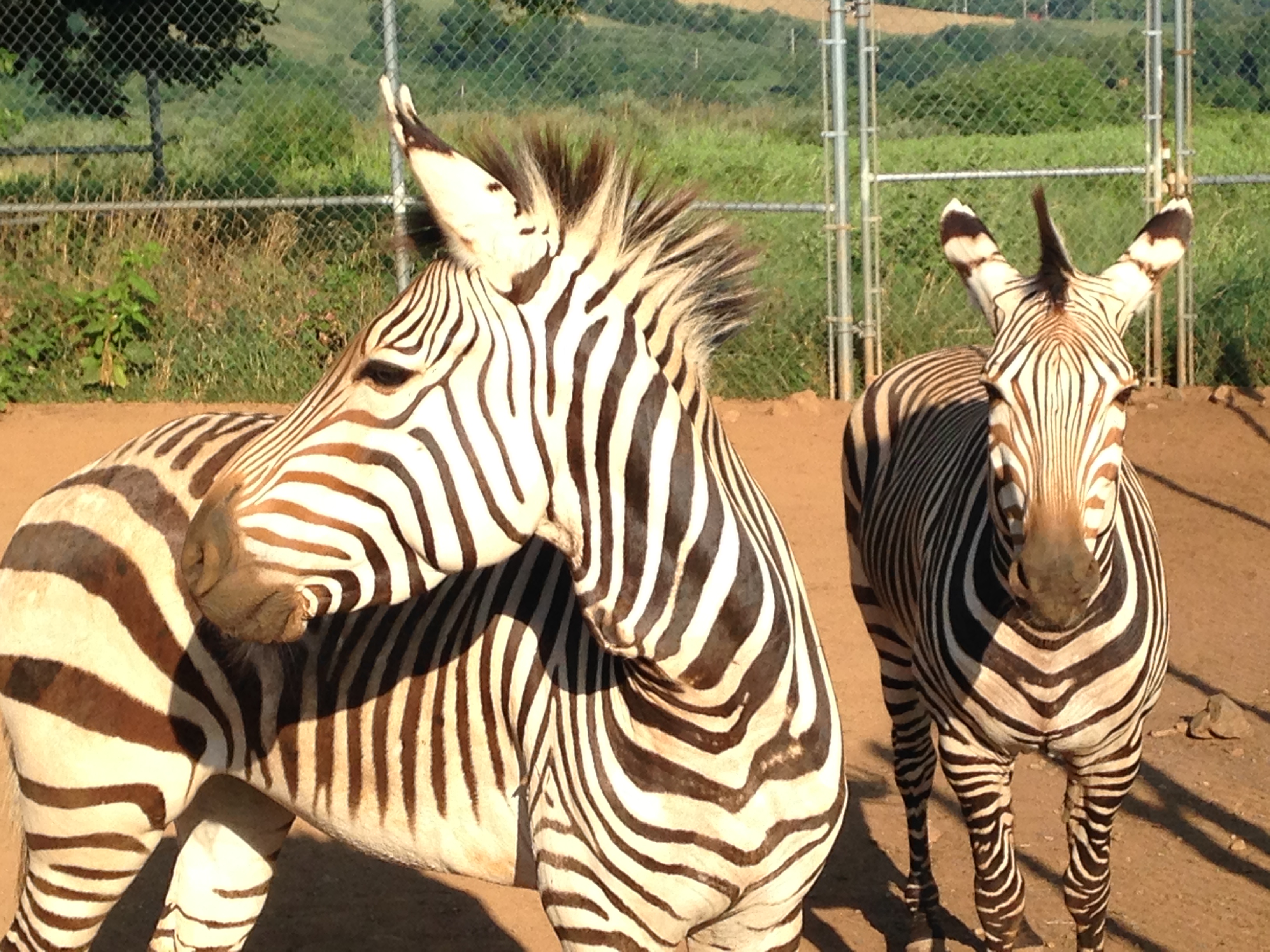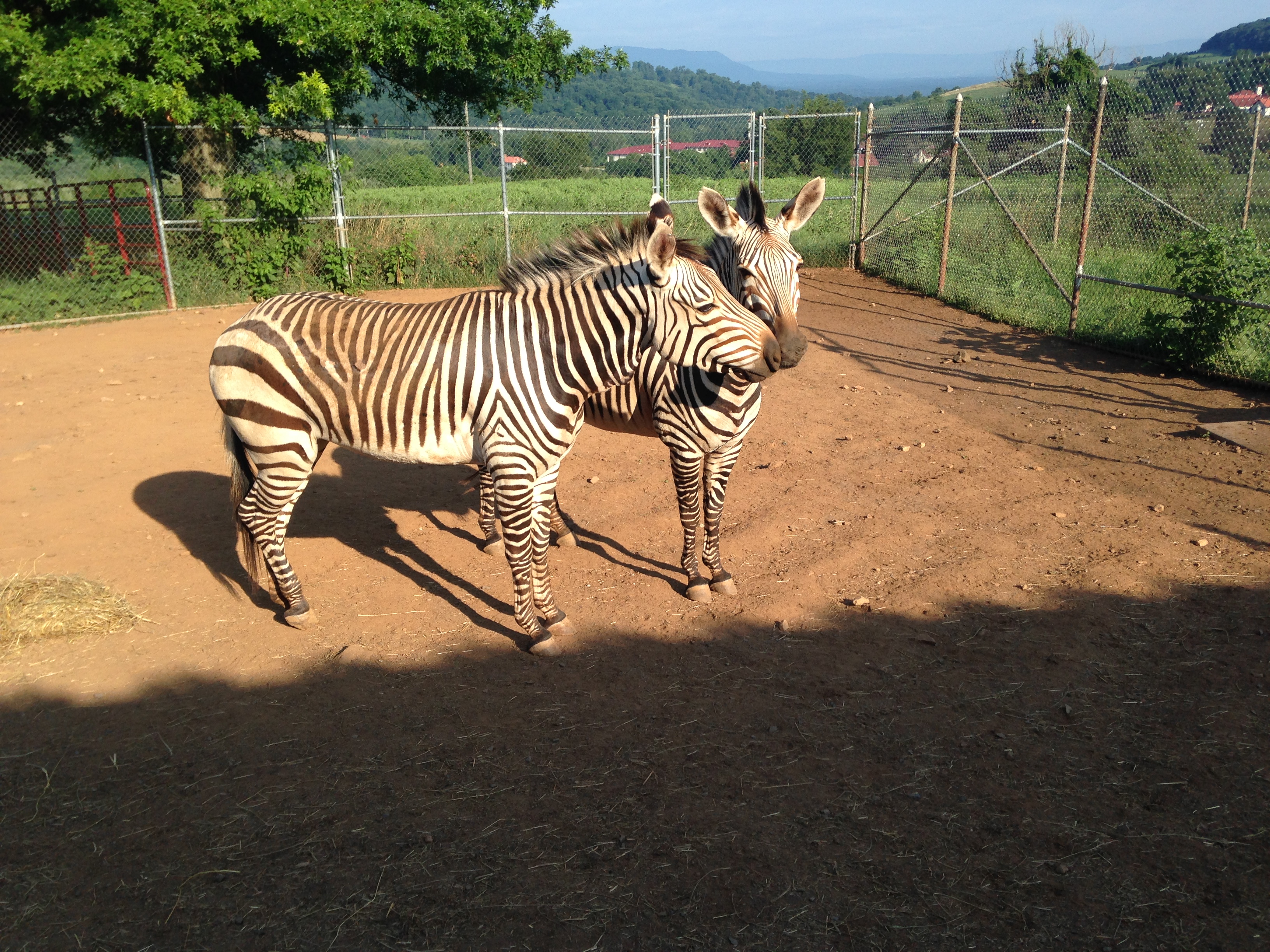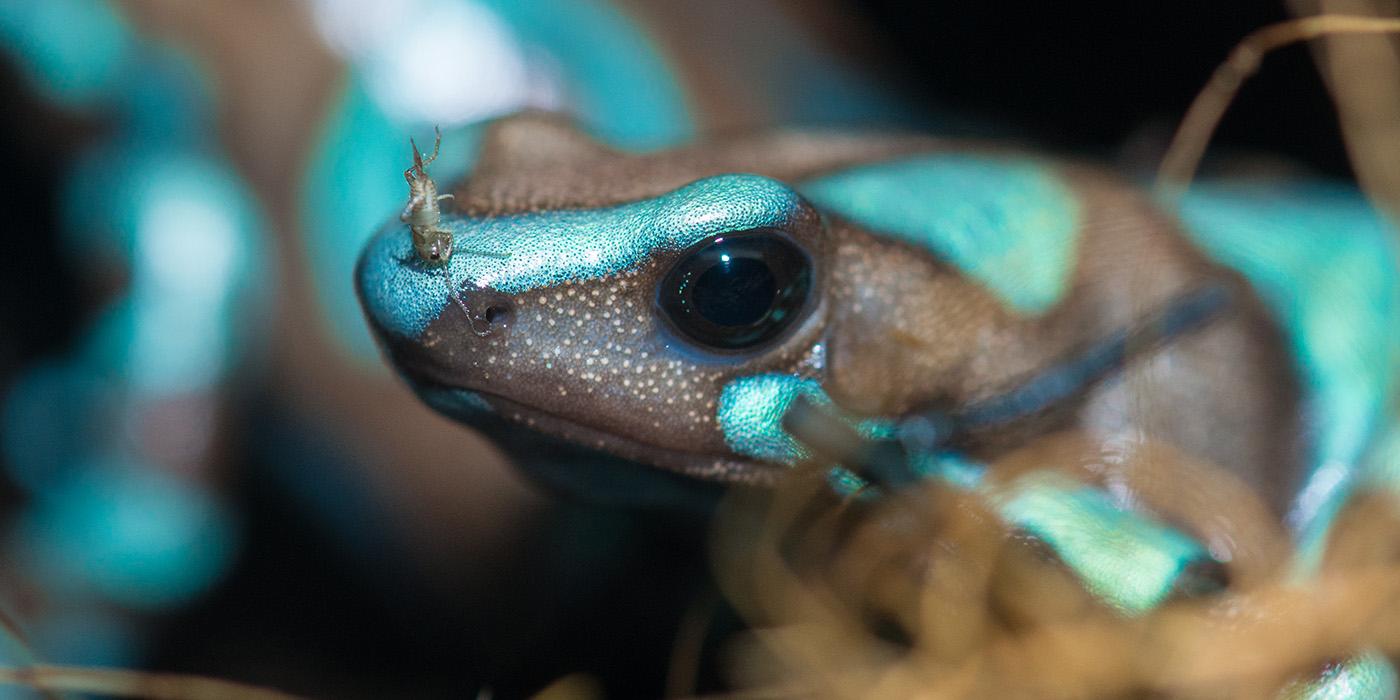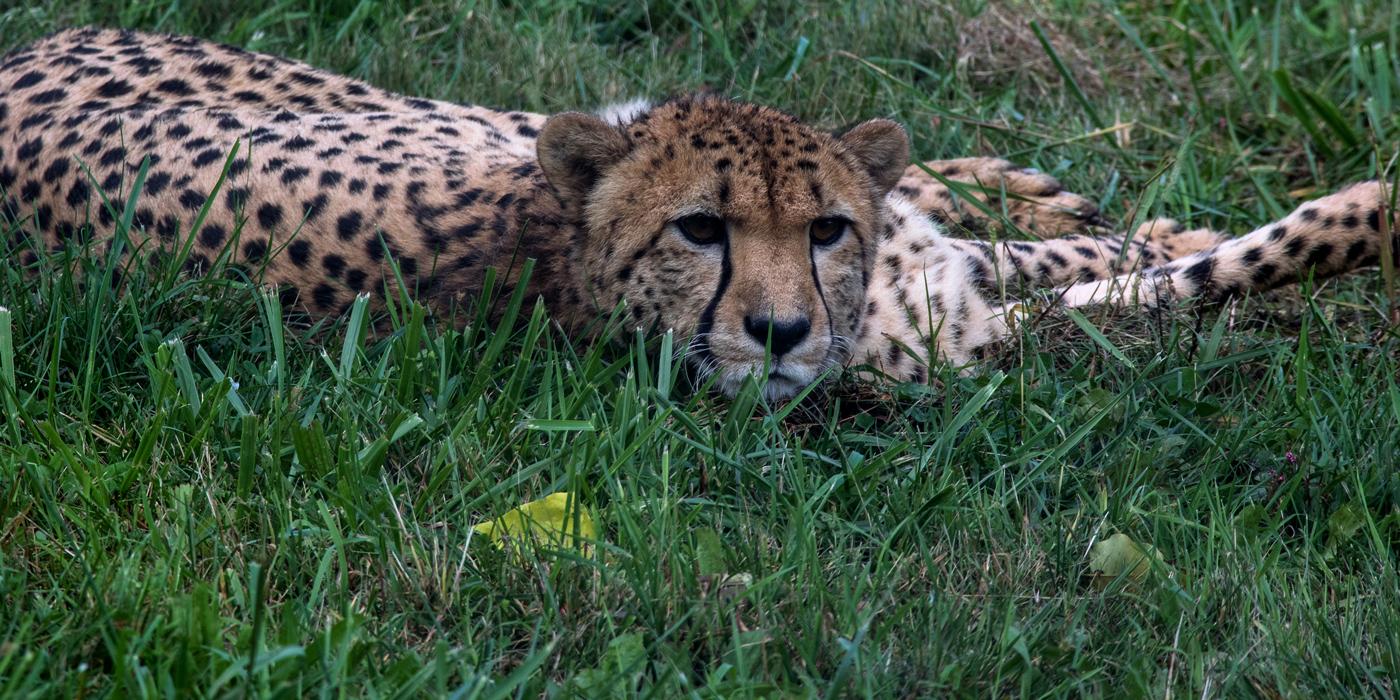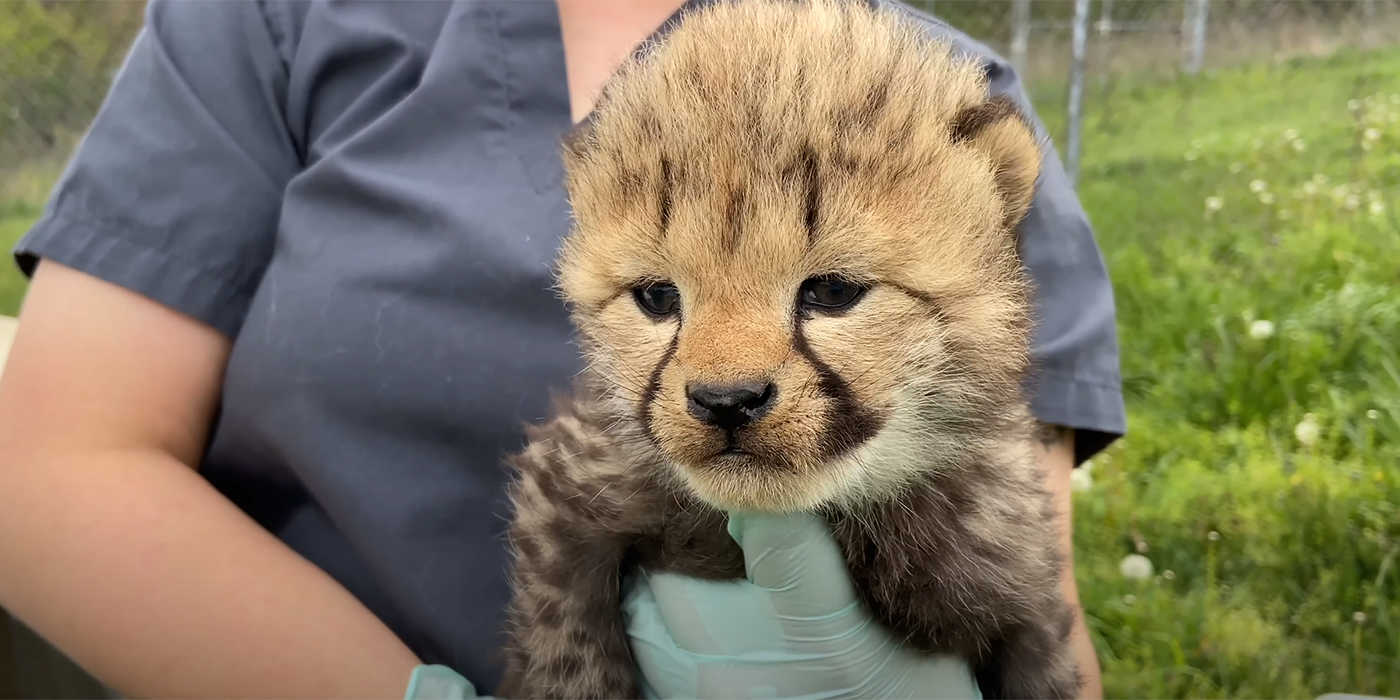Rare Zebra Species Arrives at Smithsonian Conservation Biology Institute
SCBI Scientists to Develop Assisted Reproduction Techniques for Hartmann's Mountain Zebra
For the first time in more than 15 years, zebras will graze the fields at the Smithsonian Conservation Biology Institute (SCBI) in Front Royal, Va. Three Hartmann's mountain zebras—two females (Yvonne and Xolani) and one male (Raylan)—came out of quarantine last week at SCBI. The Association of Zoos and Aquariums' Species Survival Plan for the species has recommended the females for breeding with the male, and SCBI researchers will be studying the animals to develop assisted reproduction techniques vital to the zebras' conservation.
"Very little research has focused on the fundamental reproductive biology of zebras," said Budhan Pukazhenthi, an SCBI reproductive physiologist. "With this information, we can develop assisted reproductive techniques such as artificial insemination and sperm cryopreservation, or freezing, to ensure this species persists and that there is enough genetic diversity for the population's health going forward. We expect these animals to serve as a helpful model for other endangered zebras, too."
Hartmann's mountain zebras are a subspecies of the mountain zebra, which is one of three zebra species. Considered vulnerable by the International Union for Conservation of Nature, Hartmann's mountain zebras live in dry mountain habitats of Namibia. Unlike other zebra species, Hartmann's mountain zebras live in small herds, have vertical stripes on their neck and torso and horizontal stripes on their backside, and have a small fold of skin under their chin (called a dewlap). With less than 25,000 individuals left in the wild, the biggest threat to this species' survival is habitat loss and fragmentation as the result of livestock production and agriculture.
In addition to learning about their reproductive physiology, SCBI will also be experimenting with different substrates to alleviate potential hoof issues, a prevalent problem for these animals, which have hooves suited for rocky terrain. Two-year-old Raylan, 3-year-old Xolani and 14-year-old Yvonne came to SCBI from Disney's Animal Kingdom. The mares will live separately from Raylan until he is of reproductive age.
"SCBI is uniquely positioned to manage this species and make a significant contribution to zebra conservation," said Dolores Reed, SCBI animal keeper. "We have decades of experience working with other ungulates, including Persian onagers and Przewalski's horses. We're looking forward to learning everything we can about the Hartmann's mountain zebra and then putting that information into action for the species."
Visitors to the Smithsonian's National Zoo in Washington, D.C., can see the Zoo's two male Grevy's zebra, a different species, on exhibit at the Cheetah Conservation Station. The world's third zebra species—and most common—is the plains zebra.
SCBI plays a leading role in the Smithsonian's global efforts to save wildlife species from extinction and train future generations of conservationists. SCBI spearheads research programs at its headquarters in Front Royal, Va., the Smithsonian's National Zoo in Washington, D.C., and at field research stations and training sites worldwide. SCBI scientists tackle some of today's most complex conservation challenges by applying and sharing what they learn about animal behavior and reproduction, ecology, genetics, migration and conservation sustainability.
# # #
Photo Credit: Dolores Reed, Smithsonian Conservation Biology Institute.
Image Gallery
